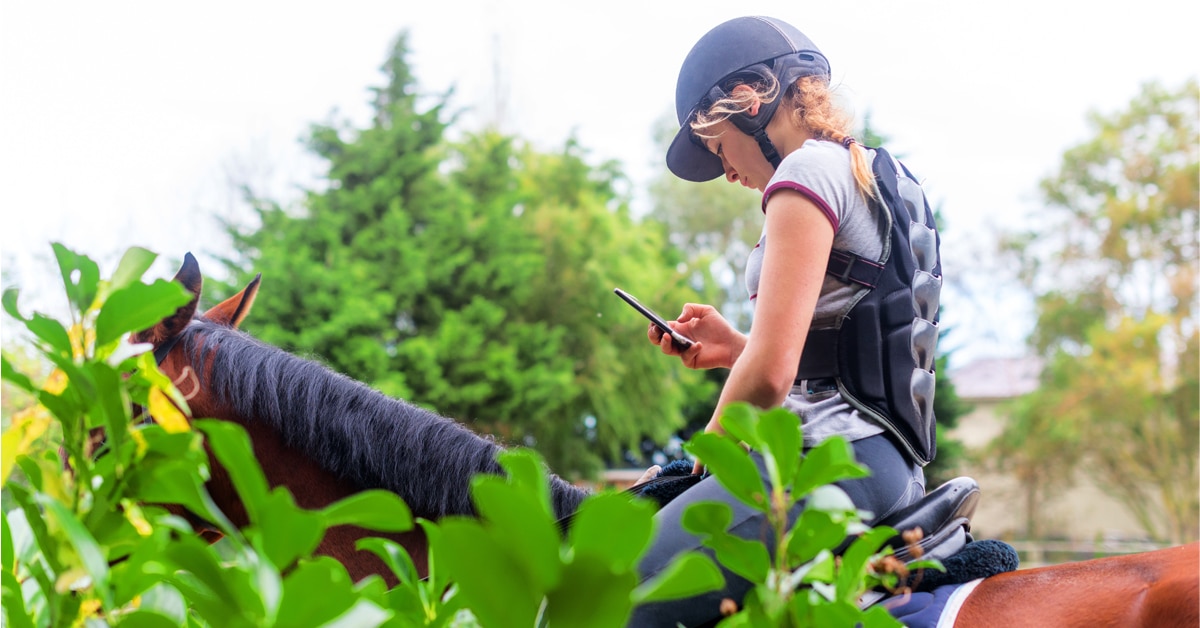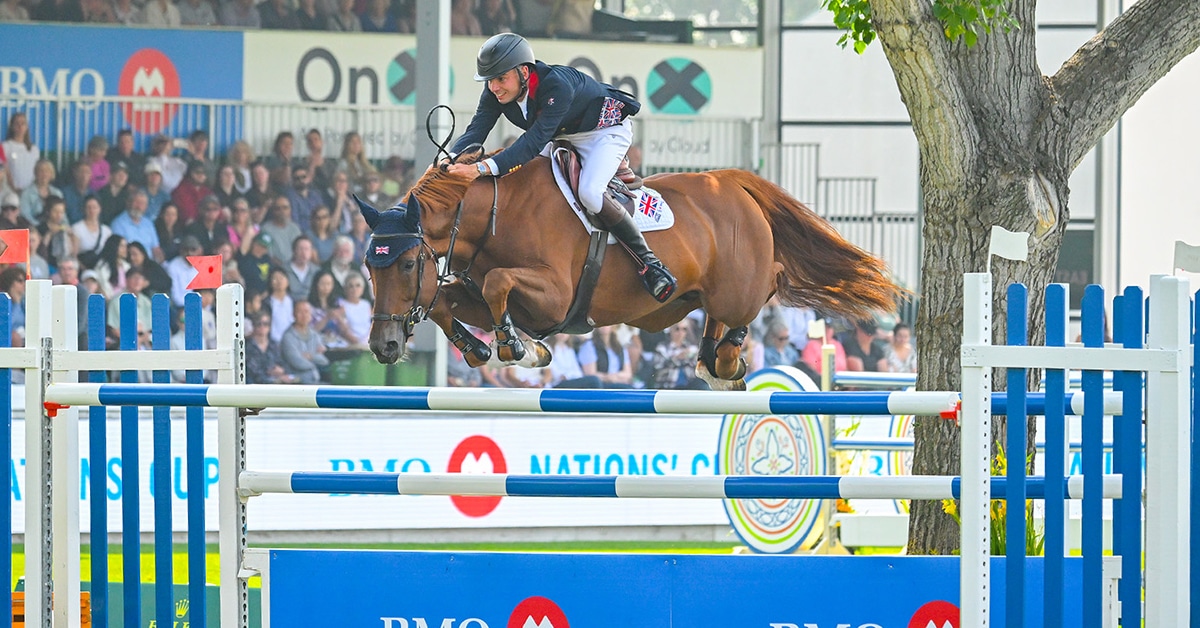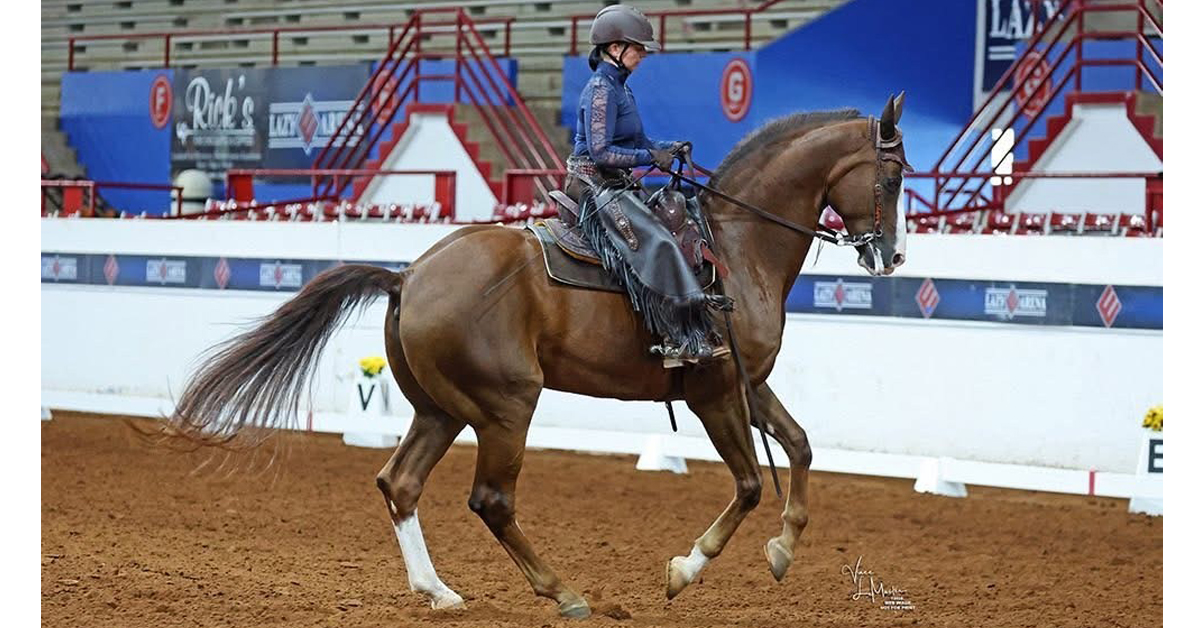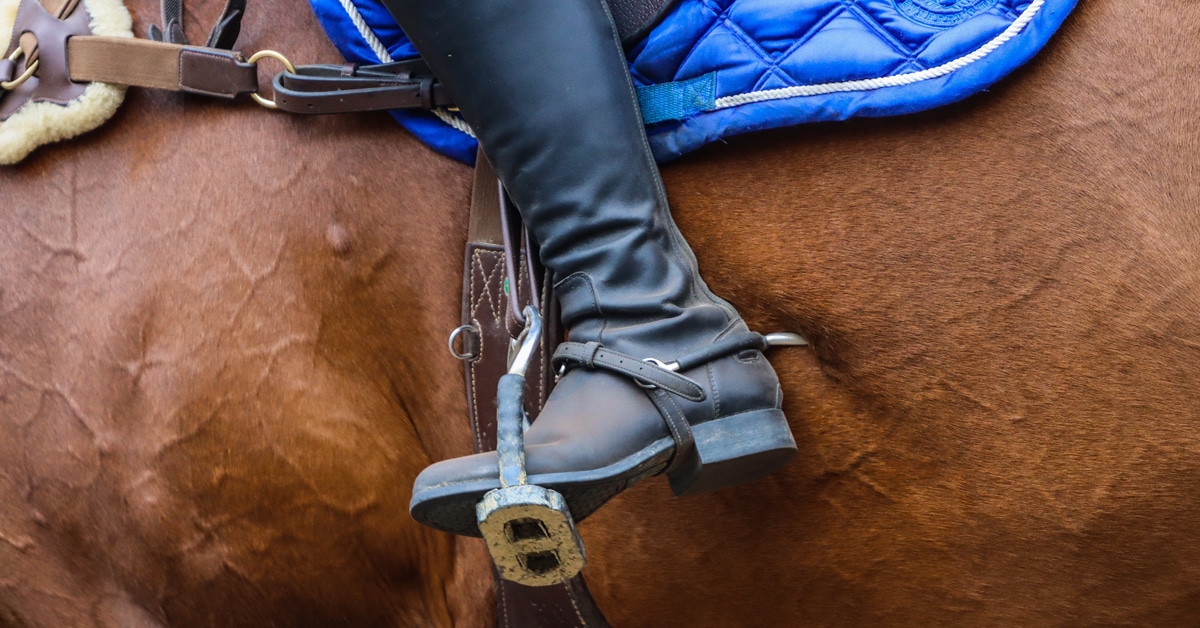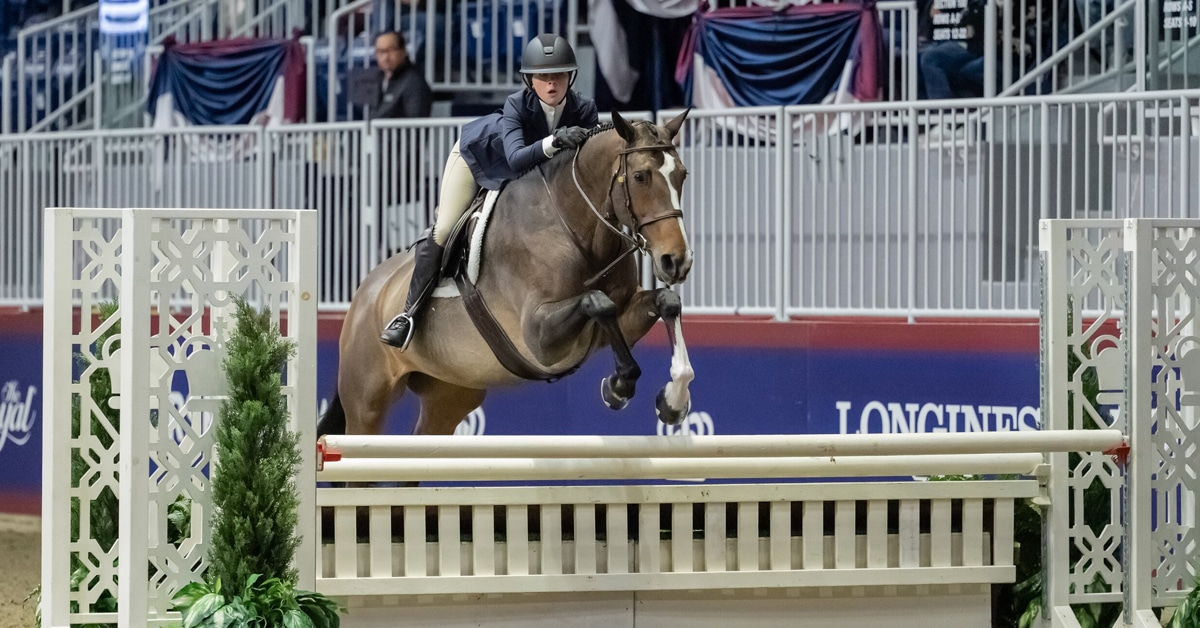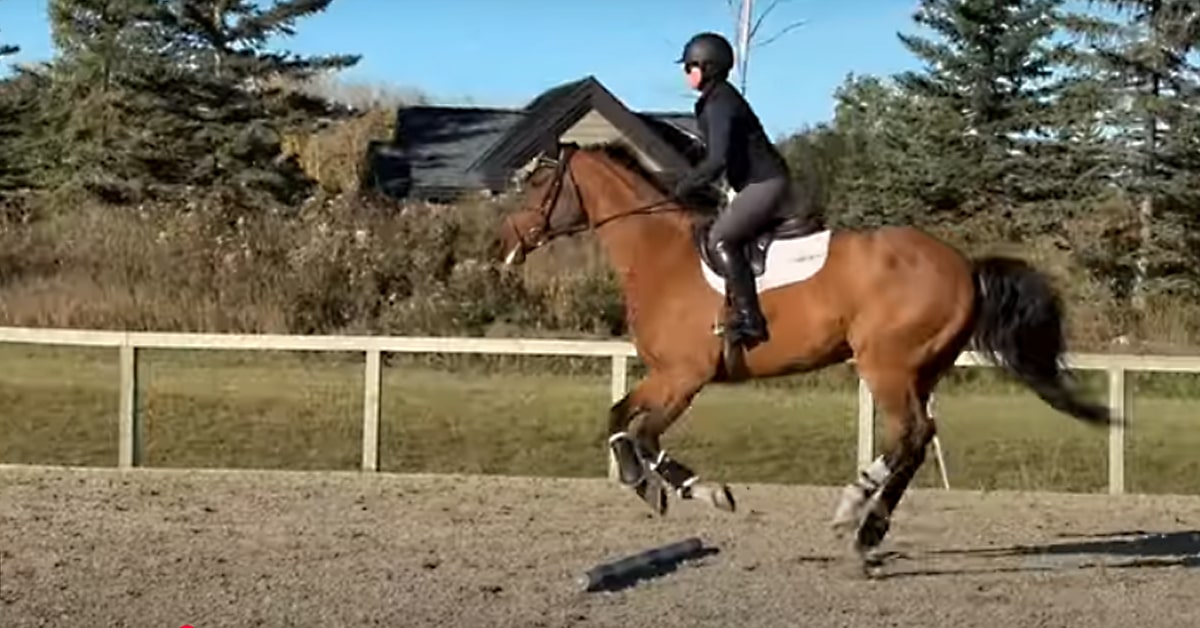There are a lot of social media posts, videos and books about how to manage riding fear. If you type ‘riding fear’ into any search engine you will come up with dozens of sites advertising programs to teach you about how to overcome riding fear. What is interesting about all these sites is that the recommendations made always seem to focus on the rider and what the rider could or should do to help themselves. Most programs offer mental skills or cognitive behavioural therapy techniques to help the rider change their thinking and focus on the present moment.
At first, this makes sense: if it’s the rider who is fearful, then it’s the rider who owns the problem, right? Changing how a rider thinks about the problem and what they focus on should help, and it does. But it’s not enough – especially when that rider has had an accident.
When there has been an accident – a fall, a scare, an injury – most rider’s have developed a trauma response of sorts to all the sensory cues associated with that accident. Any sounds, sensations, statements from their coach or other stimuli that are associated with what occurred when they had their accident may automatically trigger a fear response – even if the current situation is safe. That’s just how the brain stores and responds to traumatic events. When the brain has been affected by an event it perceives as physically threatening, like an equestrian accident, it becomes hypersensitive to all environmental cues for a while.
Imagine that the brain’s stress response (the regulation of neurotransmitters and hormones required for fight-or-flight responses) as an internal thermometer that goes up or down based on changing stress in the environment. When the environmental stressors are low, the rider’s thermometer is at the bottom (minimal levels of cortisol and adrenalin are getting released to cope with environmental stress) and when it’s high, it’s at the top (maximum levels of cortisol and adrenaline are getting released to cope with stress).
When an individual has experienced a traumatic or dangerous event, the stress response thermometer goes up during the event, but it doesn’t always return to baseline (the bottom) immediately. Sometimes, in the case of a very frightening or traumatic event, it only returns to a mid-point and then stays there – stuck. When the stress response doesn’t return to baseline, there is always a level of alertness to danger that the individual feels. It often feels like being on edge or easily startled for a time. Some riders describe it as feeling jumpy, restless or even irritable. In some cases, riders have difficulty sleeping or relaxing after a serious fall or accident.
As equestrians, we need to consider the entire riding environment and everything and everyone in it when we are trying to recover from riding fear.
When the rider’s stress response is already at the mid-point, it won’t take much of a stressor in the environment to trigger another trauma reaction and magnify any existing fear. Think of it a bit like ‘trigger stacking’ (a series of stressful events in rapid succession) in horses. Once you’ve stacked a couple of triggers, you are only one plastic bag away from a full-on meltdown when riding. Riders are the same – why wouldn’t we be? Mammal brains are all more similar than they are different when it comes to survival responses.
As equestrians, we need to consider the entire riding environment and everything and everyone in it when we are trying to recover from riding fear. Let’s face it, a rider can be doing all the deep breathing and positive thinking possible, but if they are riding an unpredictable horse, with a frustrated coach, in a busy arena, they don’t have a hope of staying low on that thermometer! The external environment is just as important to helping a rider stay regulated as their internal mental environment. Anything that makes that stress response thermometer go up is going to negatively affect that rider’s ability to stay calm and focused.
Returning to riding after a fall needs to be done in a slow, steady and safe manner. Attention to the external environment is an important piece of the plan. Think about all the things that escalate the stress response (loud or unexpected noises, busy arenas with lots of riders, coaches who yell or have emotional outbursts, unfriendly comments from peers, etc.) In order to successfully recover from riding fear, there needs to be a holistic plan that takes into account all of the following pieces:
1. The rider’s level of emotional trauma – are they mentally ready to get back on, or do they need more time? Riders should never push themselves to get back on before they feel ready. The brain isn’t going to become more fearful with time off, as many riders have been taught to believe. That’s not how the brain works. Some riders may choose to do some work with a trauma therapist to speed up the process and help themselves learn some mental skills to manage fear and triggers.
2. The predictability of the horse – unpredictable horses make fear recovery much harder because the human brain generally doesn’t like surprises or change. Our brain perceives sudden change as a threat and will automatically signal the stress response to send out cortisol and adrenaline to manage it. When this happens, riders get re-triggered or re-traumatized, and fear usually just gets more embedded and harder to get rid of. Riders who ride an unpredictable horse need to search out an equestrian trainer who is Trauma-Informed and can help both them and their horse. (Trauma-informed coaching recognizes the impact of past trauma on a client’s current experiences and behaviours, using a client’s strengths to guide them towards growth and positive change while prioritizing safety.) Until the horse becomes more predictable, the fearful rider should not get back on. Sometimes riding a consistent, steady ‘school master’ can help, and sometimes it doesn’t, because the cues are different for the fear response. Every rider will have to decide for themselves whether this works for them.
3. High- or low-activity riding arena – too many things going on at once is going to raise the rider’s stress response, so choose times to ride that are calm and quiet for awhile.
4. Emotional support/relationship with coach – If there is any tension/conflict between a rider and a coach the environment itself will feel unsafe, so recovery from riding fear is going to be a lot more challenging. Psychological safety is strongly connected to physical safety. Fearful riders that are comfortable doing so can have an open, honest conversation with their coach about what isn’t working for them. If nothing changes, then riders may need to search for a new coach who is certified in Trauma-Informed Equestrian Coaching principles.
5. General atmosphere in the barn – if the barn environment is one in which there is a lot of drama, confusion or chaos, the rider’s stress response will probably be activated. How much it affects each rider is dependent on their own interpersonal histories (the explanation for this is another article itself!). Feeling psychologically safe in the environment you are trying to learn in is an important aspect of recovering from fear. The more unpredictable the environment is the more stressful it is for riders and horses. In some situations, it may be a lack of self-awareness and education that makes the barn psychologically unsafe and speaking to barn leadership about hosting a Trauma-Informed team building workshop may help improve the overall atmosphere and camaraderie. Tightening up on zero-tolerance policies for bullying, harassment and discrimination will also help minimize barn drama. If the barn environment is emotionally unsafe and can’t be changed, then it’s time to leave and find a new barn with Trauma-Informed coaches and staff who understand how the brain responds to and stores frightening events.
Just like horses, riders are not machines that can just push through fear and worry. In order to have the best chance of success in dealing with equestrian riding fear it’s important to take a systemic approach and look beyond just the rider’s mental state. Try a holistic approach and be willing to take it slowly.
***
Megan Pinfield PhD RCC RCAT is a psychotherapist who specializes in equestrian riding fear and trauma. Contact Megan at pccc.ca
The Latest
